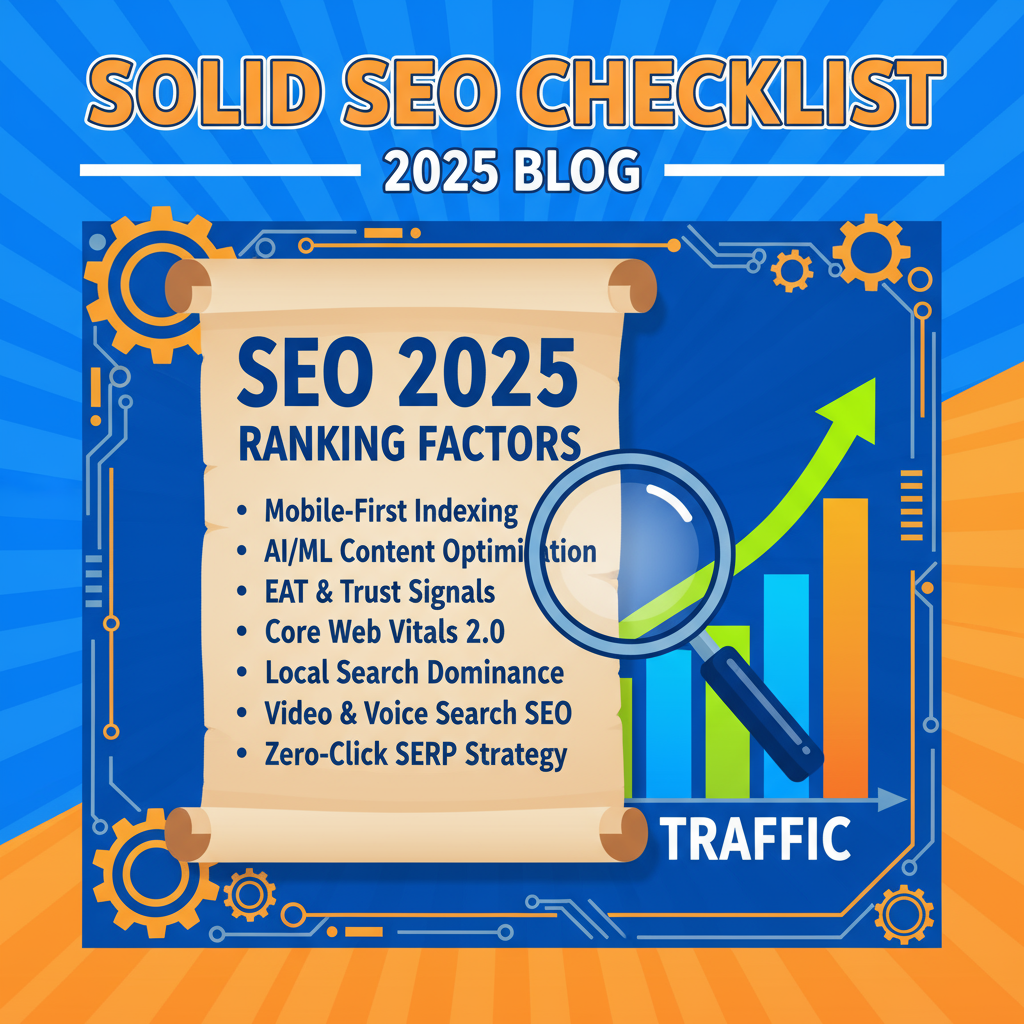
YouTube is the second largest search engine and the world’s premier video platform. For advertisers, it offers an unparalleled opportunity to engage users through sight, sound, and motion, reaching them at every stage of the marketing funnel—from initial awareness to final conversion.
Running successful YouTube Ads requires more than just uploading a great video; it demands a strategic alignment of campaign objectives, targeting methodologies, and creative best practices within the powerful Google Ads platform. This detailed guide covers everything you need to master this essential channel.
Index (Table of Contents)
1. The YouTube Ads Ecosystem: Objectives and Metrics
1.1. The Power of Video: Sight, Sound, and Motion
1.2. Key Metrics: Views, CPV, and Conversions
1.3. Linking Google Ads and YouTube Channel
2. Understanding YouTube Ad Formats
2.1. Skippable In-Stream Ads (TrueView)
2.2. Non-Skippable In-Stream Ads
2.3. Bumper Ads (6-Second Awareness)
2.4. In-Feed Video Ads (Formerly Discovery Ads)
2.5. YouTube Shorts Ads
3. Campaign Setup and Goal Alignment
3.1. Choosing the Right Campaign Objective (Sales, Leads, or Awareness)
3.2. Setting Budget and Delivery Networks
3.3. Bidding Strategies for Every Goal (tCPM, Max Conversions, Target CPA)
4. Advanced Audience Targeting: Reaching the Right Viewer
4.1. Placement Targeting: Targeting Specific Videos and Channels
4.2. Custom Intent & Affinity Audiences
4.3. Remarketing: The Most Valuable Audience
4.4. Exclusion Strategies (Negative Keywords and Content Exclusions)
5. Creative Best Practices: The ABCD Framework
5.1. Attention: The 5-Second Hook
5.2. Branding: Integrate Early
5.3. Connection: Storytelling and Emotion
5.4. Direction: Clear and Repeated CTA
6. Optimization and Scaling for Performance
6.1. Analyzing View Rate (VR) and Click-Through Rate (CTR)
6.2. Iterative Testing: Audience vs. Creative
6.3. Sequential Storytelling (Ad Sequence Campaigns)
1. The YouTube Ads Ecosystem: Objectives and Metrics
1.1. The Power of Video: Sight, Sound, and Motion
Video provides the richest canvas for communication. On YouTube, ads are naturally integrated into the content viewing experience. This environment, managed through the Google Ads platform, allows advertisers to leverage Google’s vast data network for highly granular and predictive targeting.
1.2. Key Metrics: Views, CPV, and Conversions
- View: For Skippable In-Stream Ads, a view is counted when a user watches 30 seconds of the ad (or the full ad if it’s shorter than 30 seconds) OR interacts with the ad (a click).
- CPV (Cost-Per-View): The primary metric for awareness and consideration campaigns. It is the amount you pay for each recorded view.
- Conversion: The desired action, tracked by the Google Ads Conversion Tag installed on your website (e.g., Lead Submission, Purchase). This is the key metric for performance-focused campaigns.
1.3. Linking Google Ads and YouTube Channel
Before launching, you must link your YouTube channel to your Google Ads account. This allows you to use your uploaded videos as ads, view performance metrics on a channel level, and create remarketing audiences based on channel activity (e.g., users who subscribed to your channel).
2. Understanding YouTube Ad Formats
The format you choose must align with your campaign goal.
| Ad Format | Length & Payment Model | Goal Alignment |
| Skippable In-Stream | ≥5 seconds; pay on View/Interaction | Consideration/Conversion. Long-form educational/sales videos. |
| Non-Skippable In-Stream | ≤15 seconds; pay on CPM | Awareness. Force a short message to a captive audience. |
| Bumper Ads | ≤6 seconds; pay on CPM | Awareness/Frequency. High-impact, short bursts for brand recall. |
| In-Feed Video Ads | Varies; pay on Click (CPC) | Discovery/Traffic. Appear on search results or homepage; rely on thumbnail/headline to drive click. |
| YouTube Shorts Ads | ≤60 seconds (vertical); pay on CPM/CPV | Awareness/Reach. Fast, authentic content to mimic organic short-form video. |
2.1. Skippable In-Stream Ads (TrueView)
These appear before, during, or after a video. Since the viewer can skip after 5 seconds, you only pay if they show enough intent (watch 30 seconds or click). This makes it highly cost-efficient for driving quality views and conversions.
2.3. Bumper Ads (6-Second Awareness)
These short, non-skippable ads are ideal for boosting brand recall and ad frequency. Use them to reinforce a single, simple message to an audience that has already seen your longer ads.
2.4. In-Feed Video Ads (Formerly Discovery Ads)
These appear alongside related YouTube videos, on the YouTube mobile homepage, or in search results. They act more like organic content; success is highly dependent on an eye-catching thumbnail and a compelling headline.
3. Campaign Setup and Goal Alignment
3.1. Choosing the Right Campaign Objective
In Google Ads, select Video as the campaign type, then choose your objective:
- Sales/Leads: Use Maximize Conversions or Target CPA bidding. This tells Google to find users most likely to convert. Requires robust conversion tracking.
- Website Traffic: Focuses on clicks to your site (Max Clicks bidding).
- Brand Awareness and Reach: Focuses on impressions (tCPM bidding) or video views (Max CPV bidding).
3.3. Bidding Strategies for Every Goal
- Target CPA (Cost-Per-Acquisition): (For Sales/Leads) You tell Google the price you want to pay for a conversion. The algorithm automatically adjusts bids to hit this target.
- Maximize Conversions: (For Sales/Leads) The algorithm aims to get you the most conversions possible within your daily budget.
- Target CPM (tCPM): (For Awareness) You set a target average for how much you’re willing to pay per 1,000 impressions. Ideal for maximizing unique reach.
- Maximum CPV (Cost-Per-View): (For Views) You manually set the highest amount you’re willing to pay for a view.
4. Advanced Audience Targeting: Reaching the Right Viewer
YouTube targeting is highly sophisticated, blending who the user is with what content they are watching.
4.1. Placement Targeting: Targeting Specific Videos and Channels
The most direct form of contextual targeting. You can manually select specific, highly relevant YouTube videos, channels, or websites (Google Video Partners) where you want your ad to appear.
- Strategy: Target your competitors’ channels or videos reviewing products in your category.
4.2. Custom Intent & Affinity Audiences
- Custom Intent: Target users who have recently searched for specific keywords on Google or YouTube. (e.g., target users who recently searched “best running shoes 2025”). This captures high purchase intent.
- Custom Affinity: Target users based on their holistic interests (e.g., users who frequently watch videos about “sustainable living” or “personal finance”).
4.3. Remarketing: The Most Valuable Audience
Target users who have previously interacted with your brand. This audience has the highest conversion rate.
- Website Visitors: Users who visited your site (via the Google Ads tag).
- YouTube Engagers: Users who watched one of your videos, subscribed to your channel, or commented.
4.4. Exclusion Strategies (Negative Keywords and Content Exclusions)
Crucial for brand safety and efficiency:
- Negative Keywords: Exclude ads from running alongside videos that use specific, irrelevant, or harmful keywords (e.g.,
fail,scam,kids). - Content Exclusions: Exclude sensitive video categories (e.g., mature, political, or tragedy and conflict content).
5. Creative Best Practices: The ABCD Framework
Google’s ABCD framework is the gold standard for video ad creation:
5.1. Attention: The 5-Second Hook
You have less than 5 seconds to prevent a skip. Your ad must start with a bold statement, a surprising visual, or a direct address of the viewer’s pain point or search intent. Do not waste time with long, slow title sequences.
5.2. Branding: Integrate Early
Show your product, logo, or brand name within the first 5 seconds. This ensures that even if the viewer skips, they are left with a lasting memory of your brand.
5.3. Connection: Storytelling and Emotion
Relatability drives retention. Use storytelling, humor, testimonials, or emotionally engaging scenarios to build a personal connection. Focus on the user benefit, not just the product feature.
5.4. Direction: Clear and Repeated CTA
Tell the viewer exactly what to do next. Use a clear, concise Call-to-Action (CTA) verb (e.g., Shop Now, Sign Up, Learn More). Integrate the CTA within the video, the clickable companion banner, and the overlay text.
6. Optimization and Scaling for Performance
6.1. Analyzing View Rate (VR) and Click-Through Rate (CTR)
- View Rate (VR): The percentage of viewers who watched the ad to the 30-second mark (or finished it). A low VR (≤15%) suggests your hook is weak or your targeting is too broad.
- Click-Through Rate (CTR): The percentage of views that resulted in a click. A low CTR indicates your offer or CTA is weak or your ad is not relevant to the landing page.
6.2. Iterative Testing: Audience vs. Creative
Always test your variables systematically:
- Audience Test: Run the same winning video across different ad groups (e.g., “Custom Intent” vs. “Placement Targeting”) to see which audience delivers the best CPA.
- Creative Test: Run different versions of your video (different hooks, CTAs, or editing styles) on your best-performing audience to optimize the VR and CTR.
6.3. Sequential Storytelling (Ad Sequence Campaigns)
For complex products or services, use Ad Sequence Campaigns to move a user through the funnel logically:
- Step 1 (Awareness): Show a Bumper Ad (6 seconds) or Non-Skippable Ad to introduce the brand (tCPM bidding).
- Step 2 (Consideration): Retarget those who saw Step 1 with a longer Skippable In-Stream Ad explaining the product’s benefits (Max CPV bidding).
- Step 3 (Conversion): Retarget those who watched Step 2 with a short, direct offer and a strong CTA (Target CPA bidding).
By treating YouTube Ads as a full-funnel strategy—linking high-quality video creative with Google’s data-rich targeting—you build a powerful and scalable user acquisition machine.
🔑 Focus Keywords
- YouTube Ads Guide 2025–2026
- YouTube advertising blueprint
- YouTube Ads tutorial
- YouTube campaign setup
- YouTube marketing strategy
- YouTube video ads
- YouTube Ads optimization
- Google Ads for YouTube
- YouTube Ads for beginners
- YouTube paid promotion guide









